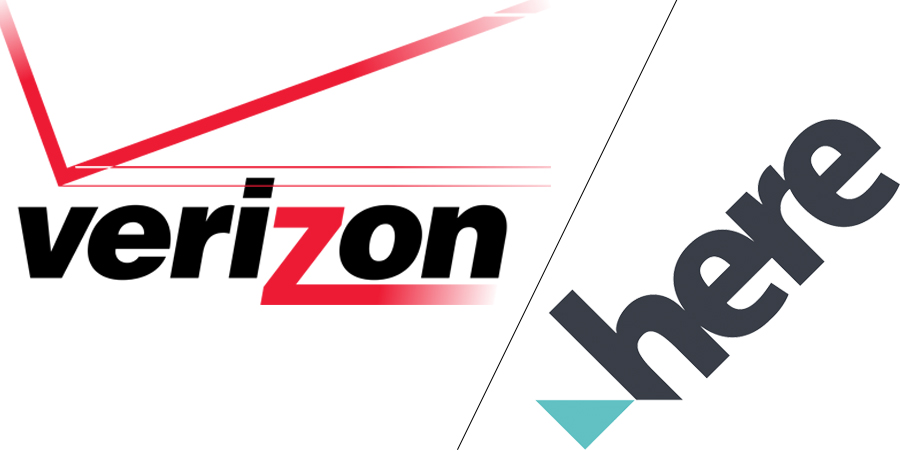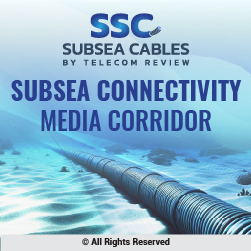Verizon’s 5G Ultra-Wideband and low-latency Mobile Edge Compute (MEC) infrastructure, combined with HERE Technologies’ highly precise mapping and advanced edge AI perception, are coming together to reimagine a future of enhanced road safety and precise localization for navigation.
HERE Technologies, and Verizon announced a strategic partnership to explore cutting-edge applications of Verizon’s 5G Ultra-Wideband network and multi-access edge compute (MEC) platform, 5G Edge, coupled with HERE location, data technology and autonomous vehicle expertise.
The partnership focuses on co-innovation for a wide range of enterprise, industrial and consumer-facing use cases. The two companies are starting their collaboration by working on vehicle and pedestrian safety such as collision avoidance, and better location identification and navigation for ridesharing pick-up/drop-off and delivery services.
HERE will be providing Verizon with access to a range of location data, SDKs, and APIs from the HERE platform. Verizon and HERE are also planning to develop new connected services to benefit a range of industries, from automotive to smart cities, to transport and logistics. The collaboration will initially focus on two proofs of concept:
Collision Avoidance is intended to increase pedestrian and driver safety by combining Verizon’s 5G Ultra-Wideband capabilities with HERE’s HD Live Map and Live Sense computer vision technology to create a vehicle-to-network (V2N) communication system. HERE’s Live Sense SDK identifies vehicles, pedestrians, bicycles, etc. and barriers from a vehicle-mounted mobile phone. This data will then be sent to Verizon’s 5G Edge, where the Collision Avoidance AI predicts likely travel paths and warns vehicles of impending potential collisions.
Visual Positioning Service (VPS) is designed to enable near-instantaneous identification of a specific location with sub-meter accuracy using image capture. Proprietary 3D positioning algorithms from HERE analyze images or videos for accurate positioning, which occurs in near real-time via Verizon’s 5G Ultra-Wideband network and 5G Edge. VPS is a complementary solution to signal-based location technologies, such as GPS, because it does not rely on a remote server and is less hindered by tall buildings or signal deserts. The technology is also adaptable for indoor use. Jeff Seal, Global IOT Analyst, noted, “this is another step in Verizon’s leadership in the IOT field”.
“5G will be a game changer for many use cases in every industry. The scale of the Verizon 5G Ultra-Wideband network is designed to enable higher-bandwidth, low-latency connectivity necessary for more precise positioning,” said Edzard Overbeek, CEO of HERE.
“Our partnership with Verizon not only allows us to tap into the innovation potential of 5G but also highlights what is possible when this technology is location intelligence enabled: connected services that are designed to make our world safer, more efficient and environmentally sustainable.”
“This collaboration with HERE further proves Verizon’s commitment to innovating around and improving location services and pedestrian and intersection safety,” said Ashley Vogt, Senior Product Manager, Advanced Mapping at Verizon.
“By harnessing the power of Verizon 5G Ultra-Wideband and 5G Edge, along with HERE’s proprietary 3D positioning algorithms, we are driving together toward a safer and more precise future.”





